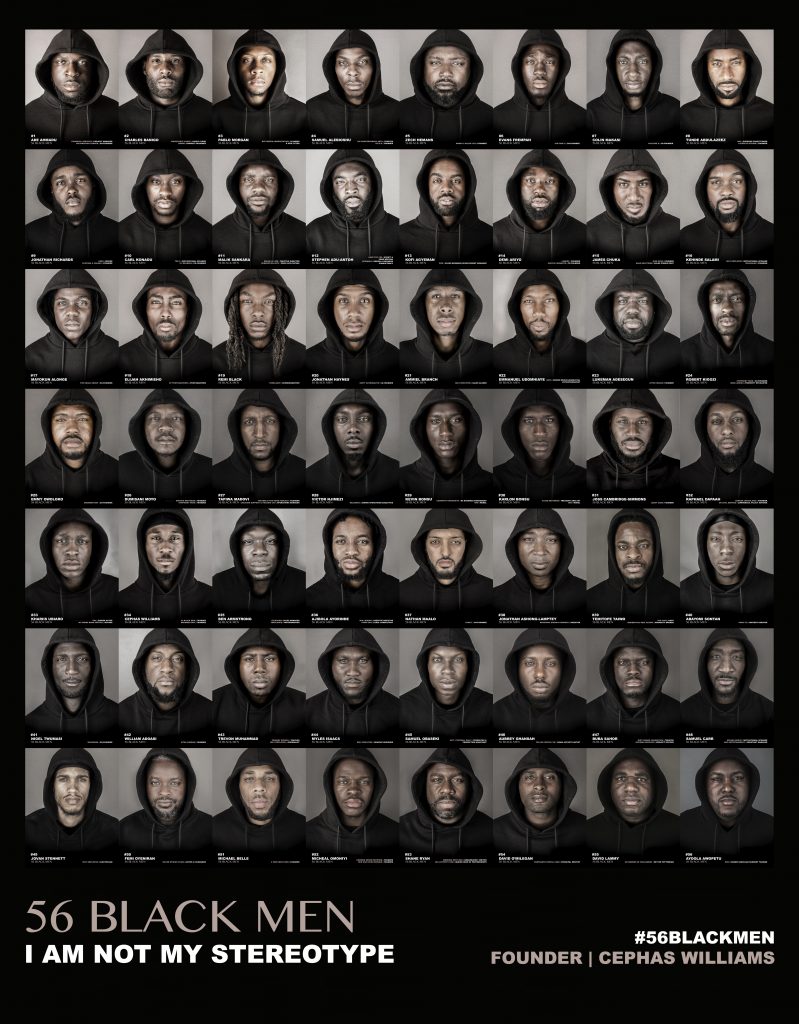Much of 2018 revealed and all too familiar pernicious relationship between the mainstream media and black men. Negative headlines dominated these papers with global reach and readership.
A study in the book Research in Race and Ethnic Relations found that negative portrayals in the news media affect how police treat black men in the United States and beyond, according to a Rutgers School of Public Health study. The study found that public perceptions of male dangerousness are a factor in influencing police action and the public’s willingness to accept an officer’s deadly actions as legitimate. It also noted that black masculinity is often equated with hypermasculinity, criminality and hypersexuality.
“Unarmed black Americans are five times more likely to be shot and killed by police than unarmed white Americans. We believe that media may play a significant role in these disproportionate deaths,” said lead author Pamela Valera, an assistant professor. “The stereotypes held, consciously or unconsciously, about the criminality and ‘dangerousness’ of black men influence the rates at which they are stopped and engaged by the police.”
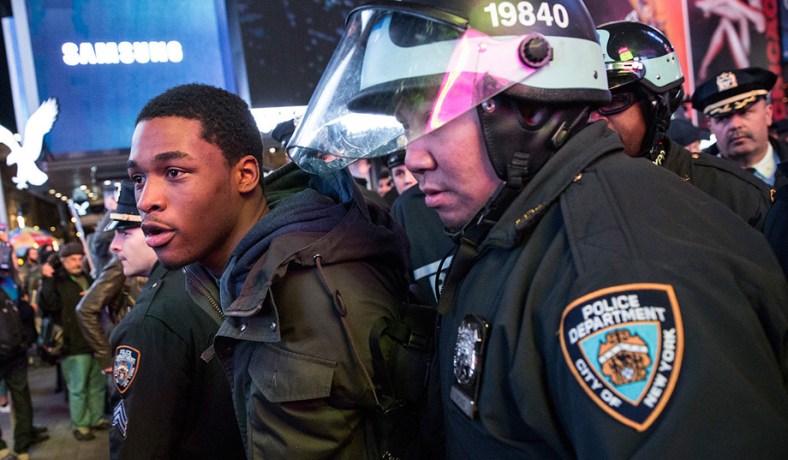
What about the UK?
You’d be forgiven for thinking the UK might be different. With successive Firearms Acts through the 60s, 80s and 90s, black men are no longer frequently shot and killed by police. However, there still exists a disproportionately aggressive relationship between the police and black men. What’s worse is that the mainstream media press often exacerbates this.
Consider that Metropolitan Police officers are four times more likely to use force against black people compared with the white population according to the MET Police
The Met used force 62,000 times in 2017-18 with more than a third of incidents involving black people. Techniques such as verbal instructions and using firearms were recorded. The Met Police said: “The proportionate use of force is essential in some circumstances to protect the public and often themselves from violence.” Facing this news, then Shadow home secretary Diane Abbott said the “disproportionate use of force was discriminatory”.
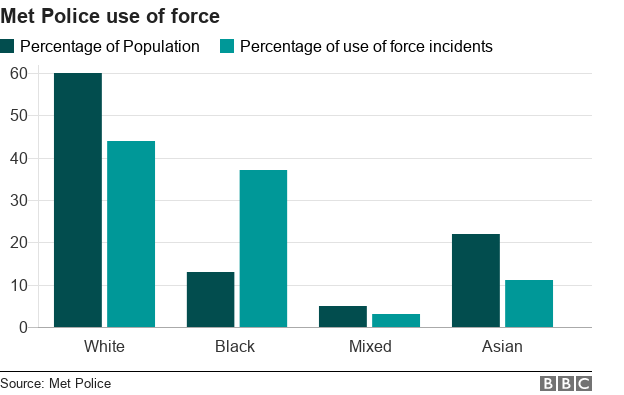
56 BLACK MEN
It is for this reason that 56 BLACK MEN is grabbing headlines. Against this backdrop, black men are taking control of their own narrative and documenting it. Cephas Williams, Project Founder explains this project;
“This is a visual campaign documenting 56 black men that are doing something other than what is widely plastered about black men across various forms of media. Championing the idea that “I am Not My Stereotype”, the campaign looks to challenge the general stereotype of ‘the black man’ and the negative connotations and stigma attached to the cliché image of a black man wearing a hoody. The campaign makes a visually bold statement by showing black men wearing a hoody, while it also features text on what these men currently do for work. It features men from the world of finance, the arts, law and business, right through to the medical field and more”.
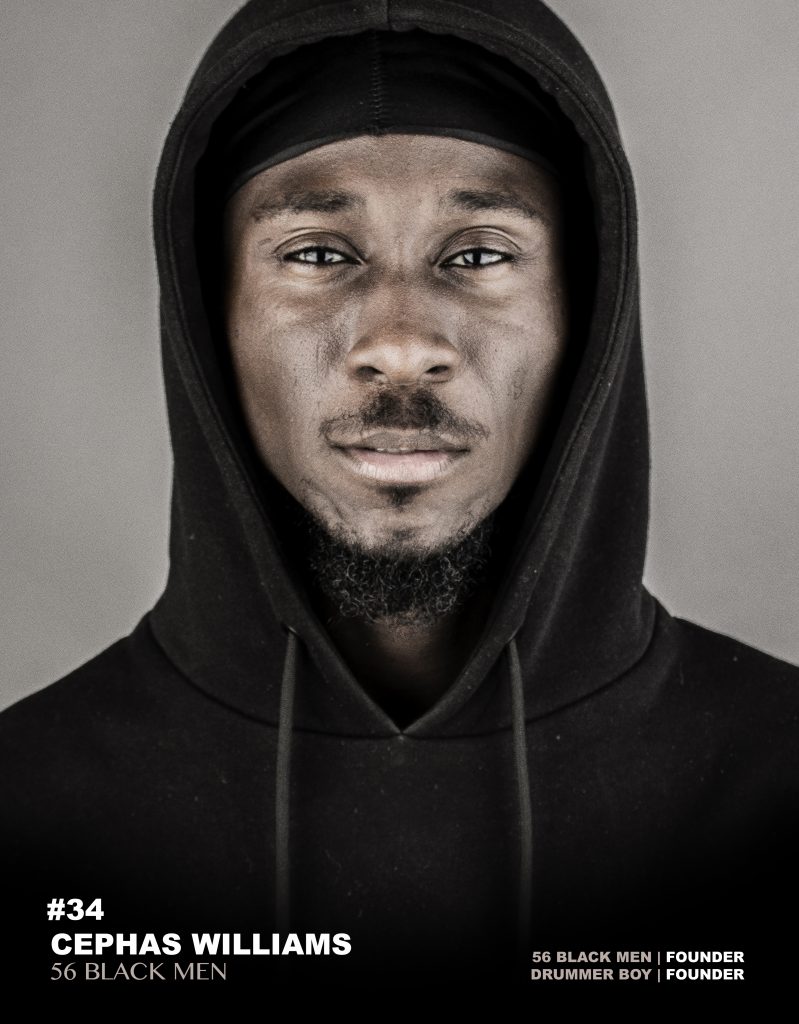
This is generally the opposite of what society has been conditioned to expect of a black man and in some cases even influences how many black men view themselves and their ability. You see this reflected through representation within the work-place also.
“I Am Not My Stereotype”
The online campaign features individual pictures of 56 black men wearing a hood, an image that has been coloured by the mainstream press. These men aren’t dangerous or threatening, on the other hand, some own businesses, are artists, musicians, lawyers and more. Featuring in the campaign is our Founder and CEO, Mike Omoniyi, who
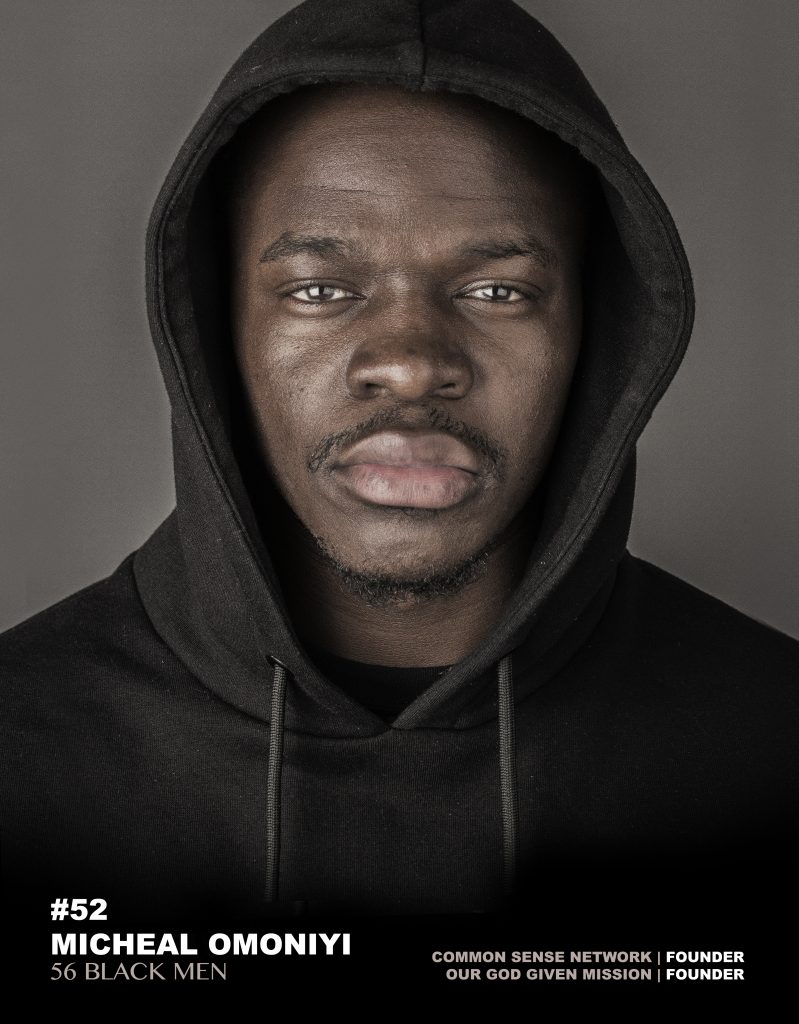
“I want to inspire”
Cephas tells us: “I’m looking to inspire a generation of black men both young and old who can also identify with this image of a black man in a hoody but who also may not see these pathways as realistic or accessible to them. If young black boys continually see themselves represented in the media in a negative way this does not give them much else to look up to, neither does it help to change the trajectory of their life. The last strand of the project is the network we are creating, we look to feature new 56 black men on the campaign every year, but as a network we look to expand beyond this number internally in a bid to put black men at the forefront of the conversations that are being had about black men, while also creating a network of black men that help one another internally in various ways.”
Below are all the black men who featured in this project.
